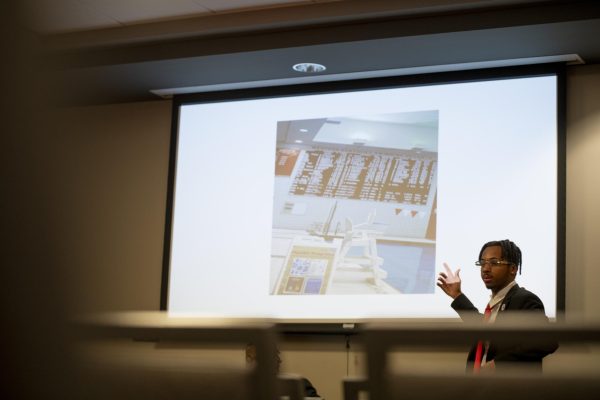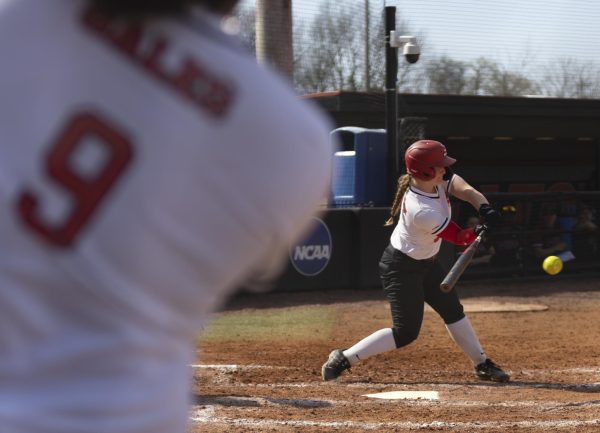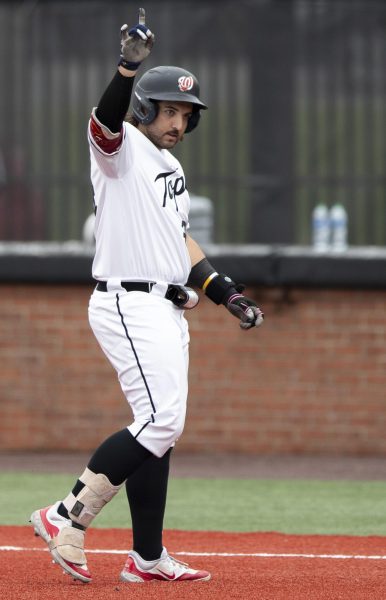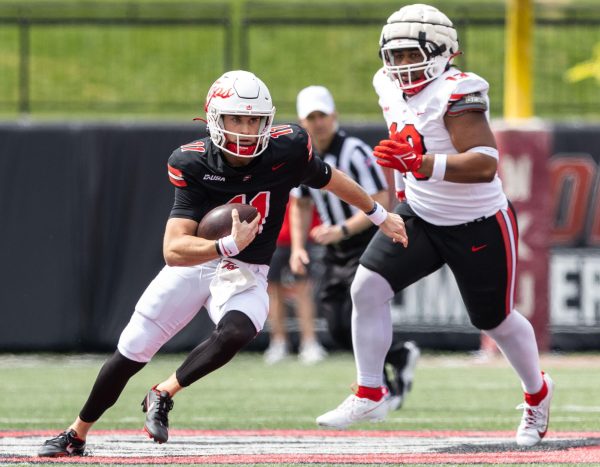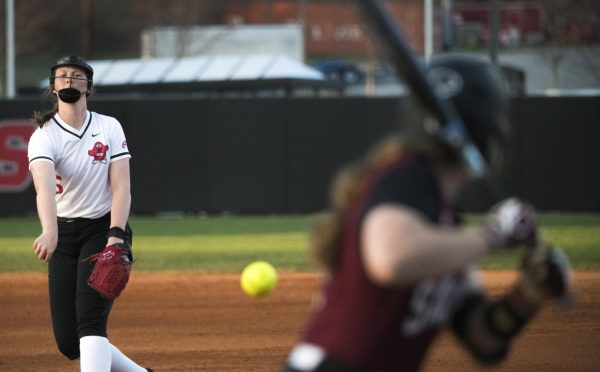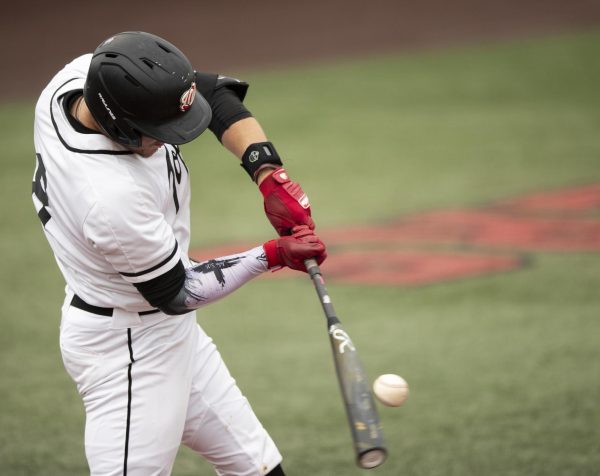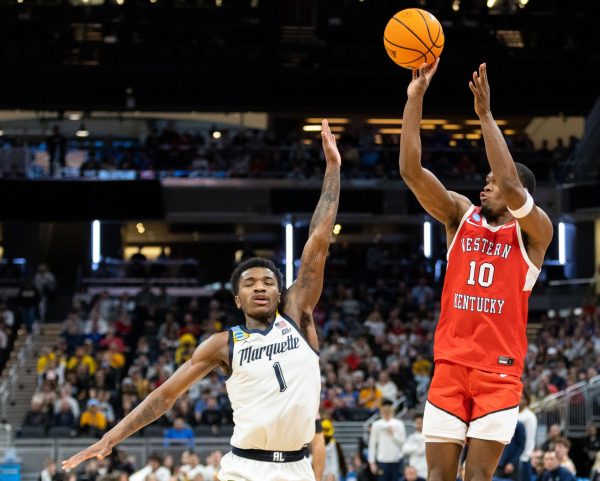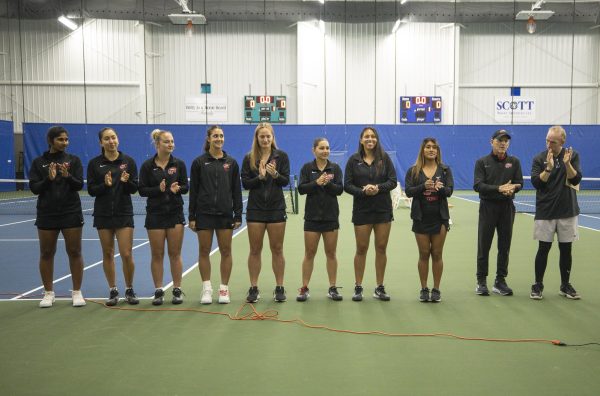Searching for an edge between the lines
October 23, 2003
It can destroy a program. One oversight. One attempt to gain an extra edge. One unfair advantage.
And an athletics department can topple.
It happened at University of Georgia and University of Michigan, and twice at University of Kentucky.
Georgia had coaches giving players extra benefits and extra grades. Michigan had boosters paying players. Kentucky had a football coach paying a high school coach to persuade his players to play for the Wildcats, and a package full of money sent to a basketball recruit.
Failure to comply with NCAA rules can affect an assortment of innocent people. And the wake of an NCAA investigation is often deep with firings.
The reach of an infraction’s bloody axe can even decapitate a university’s leadership hierarchy.
Georgia basketball coach Jim Harrick’s mistakes led to his firing and the dismissal of his bosses, Athletic Director Vince Dooley and school president, Michael Adams.
Western’s athletics department may be living its brightest moments in the three major sports. The football team won last year’s I-AA national championship and the men’s and women’s basketball teams won Sun Belt Conference titles last spring.
With three young coaches leading the way, Western faithful may foresee the Hilltoppers reaching a mountaintop even higher than the lofty standards set last year.
But the Big Red suits must keep these young coaches, players and boosters in check.
Not all violations are catastrophic. Some rules can merely hinder a program’s ideal progression.
An oversight?
NCAA rules state that a transfer must be enrolled and in class by Day 12 of a semester in order to count it as a semester sitting out.
It was the second week of class, and Elgrace Wilborn hadn’t decided if he should become a Hilltopper.
The clock was running out for basketball coach Darrin Horn, and he knew it.
Wilborn and his mother came to Bowling Green for an official visit, and he decided that Western was the school for him.
By the following Tuesday, the Tennessee transfer was sitting in class. It was day 11 of the fall semester.
Just made it.
Horn knew the rule, and that kept him from making a mistake.
The main outlet for coaches to remain educated on NCAA rules is Associate Athletic Director Pam Herriford.
As Western’s director of compliance, Herriford stays in contact with coaches around campus to ensure they know the rules.
“I am responsible for dealing with coaches,” Herriford said. “The more questions I get, the better I feel about it.”
Football coach David Elson said utilizing Herriford is an essential aspect of staying within the rules.
“We use Pam all the time,” he said. “Our coaches try and take rules to the limit without breaking them. She helps us make sure we never break the rules.”
Trying to gain an edge?
Western Athletic Director Wood Selig believes that NCAA compliance is a way of life.
“It’s an established culture and level of expectation that we stress everyday,” Western Athletic Director Wood Selig said. “We cannot cut corners for a competitive edge.”
People constantly search for an edge in life, but when the letters N-C-A-A are involved, corner cutting can spell disaster.
“It’s no mistake that we’re not being summoned to Indianapolis,” Selig said. “We have a very healthy balance between striving for excellence and playing fairly.”
Western’s program appears to have a clean slate and a clear conscience.
But a coach could easily be cheating, and his bosses might not know. That is, unless they get caught.
Defensive line coach Mike Fanoga coached at the University of Kentucky before arriving on the Hill. He was a member of coach Hal Mumme’s staff before rules infractions chased Mumme out of Lexington.
Fanoga said the UK athletics department worked to keep coaches informed just like at Western. But the information didn’t stop Mumme’s program from cheating, and he and some of his assistant coaches were banished and disgraced for their cheating ways.
An unfair advantage?
Athletes can miss substantial class time because of traveling to games. The use of tutors is almost essential. Keeping tutors from doing the students’ work was more than the University of Minnesota could do.
In March of 1999 and stretching to Sept. 11, 2000, UM announced it would sue head basketball coach Clem Haskins to retrieve a $1.5 million buy-out. Haskins was in trouble for a tutor doing homework and taking tests for players in his program.
Athletes also have the luxury of registering for classes earlier than the average Western student. This apparently isn’t considered an unfair advantage.
But what about being allowed to sidestep rules that every student on campus knows about?
The drop/add date is always a hot topic among students during the first week of school.
“Can I still add a class?”
“Is it too late to switch this class for a later one?”
At Western, the sixth day of class is the last day to add.
So if an athlete gets to add classes after that date, is that unfair?
Raising that question adds a different light to the Elgrace Wilborn situation.
Remember, he started on day 11 of this semester. The last day to add a class was day six.
Suddenly the lights are even brighter.
According to Herriford, it was not a rules violation because other students can receive the same benefit depending on their situation.
“We make sure it is something other kids are benefiting from also,” Herriford said.
Herriford’s assessment is verified by Western’s registrar, Freida Eggleton.
“Faculty can make exceptions,” Eggleton said. “If the faculty member has room in class they can allow it. It does happen, and there are multiple reasons for why it is allowed.”
Western’s athletics department strives to be stay smudge-free, because…
One oversight. One attempt to gain an extra edge. One unfair advantage.
And the current Big Red mountaintop could instantly come crumbling down.
Reach Danny Schoenbaechler at [email protected].















